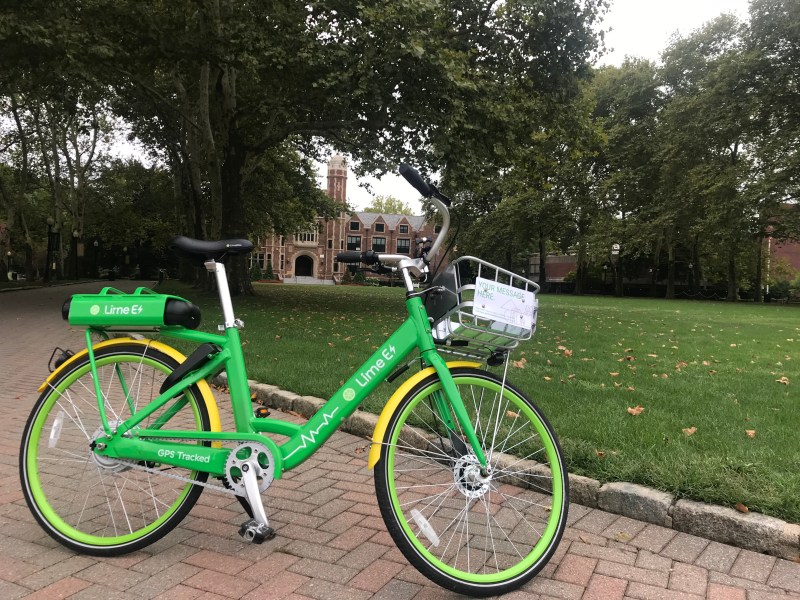Lime: Dockless Bike Share is More Popular with Women, Lower-Income and Non-White Riders


The company says it has served 19,000 riders, taking 85,000 rides on regular and pedal-assist e-bikes, in the Rockaways and Staten Island since July — and 40 percent identify as female, compared to about 25 percent of Citi Bike riders, according to a Rudin Center study and another analysis of Citi Bike data.
In a survey, about 70 percent of Lime riders identified as non-white, the company said. Sixty-one percent of earn $50,000 a year or less.
“Lime has become a go-to transportation option for Rockaways and Staten Island residents and visitors,” said the company’s New York General Manager Gil Kazimirov,
The survey of hundreds of city Lime riders showed that 32 percent of riders were white and 31 percent were African-American, even though Staten Island’s Lime zone is roughly 38 percent white and 22.1 percent African-America.
Sixty one percent of city Lime users reported household incomes of less than $50,000 per year, far below the median income in the Staten Island Lime zone of $72,066 per year and also below the$52,157 median income in the Rockaways. Citi Bike does not offer bike share in either neighborhood, but one study said that Citi Bike is more popular with the affluent and with whites — though many factors appear to be in play, including the need for memberships and the placement of Citi Bike docks. Lime bikes can be unlocked for single use with an app.
Kazimirov said the results showed that Lime must be allowed to expand into areas where Citi Bike, which is going to double its footprint over the next five years, is not operating.
“Lime bikes and scooters are the right fit for New Yorkers because they’re affordable, reliable, and convenient,” he said. “Our mobility fleet is ready to take the next step and expand access to new transportation options and improve transit equity.”
If so, someone better tell the cops. It is well-known that precincts in communities of color write far more “cycling on the sidewalk” tickets than other neighborhoods — numbers that tend to drop as protected bike lanes are installed (see chart below from a 2015 report).
